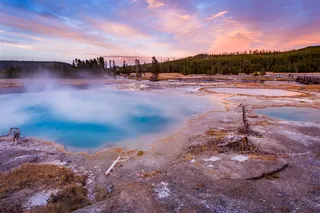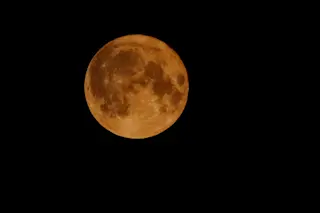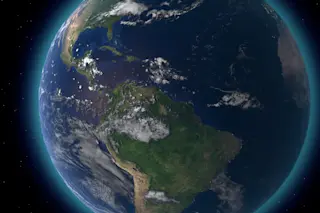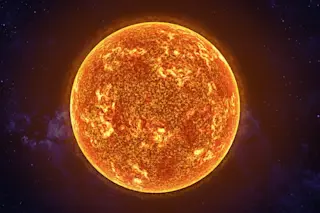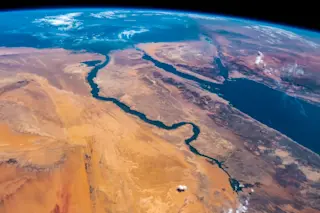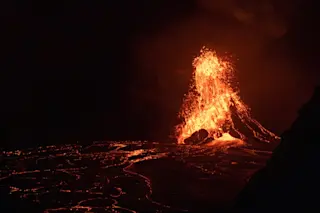As the shadow of a total solar eclipse moved across the Pacific on March 9, 2016, the Himawari-8 satellite was watching from geostationary orbit. (Source: Cooperative Institute for Meteorological Satellite Studies.) This past Wednesday, March 9, 2016, the Moon blotted out the Sun in a total eclipse, turning day to dusk starting in Sumatra, moving east across many other Indonesian islands, and then out into the wide Pacific Ocean. In paces with clear skies, the view from the surface was spectacular. So was the view from an airliner high above the Pacific. But how did it look from geostationary orbit —22,236 miles out in space — looking down on Earth? Have a look by watching the animation above. It consists of images acquired by the Himawari-8 satellite. They were compiled into the animation by the Japan Meteorological Agency's Yasuhiko Sumida, a visiting scientist at the Space Science and Engineering Center ...
Here's what a total eclipse looks like from 22,236 miles away in space as the moon's shadow crosses Earth's face
Discover the breathtaking view of the total solar eclipse March 9 2016 from the Himawari-8 and DSCOVR satellites.
More on Discover
Stay Curious
SubscribeTo The Magazine
Save up to 40% off the cover price when you subscribe to Discover magazine.
Subscribe






